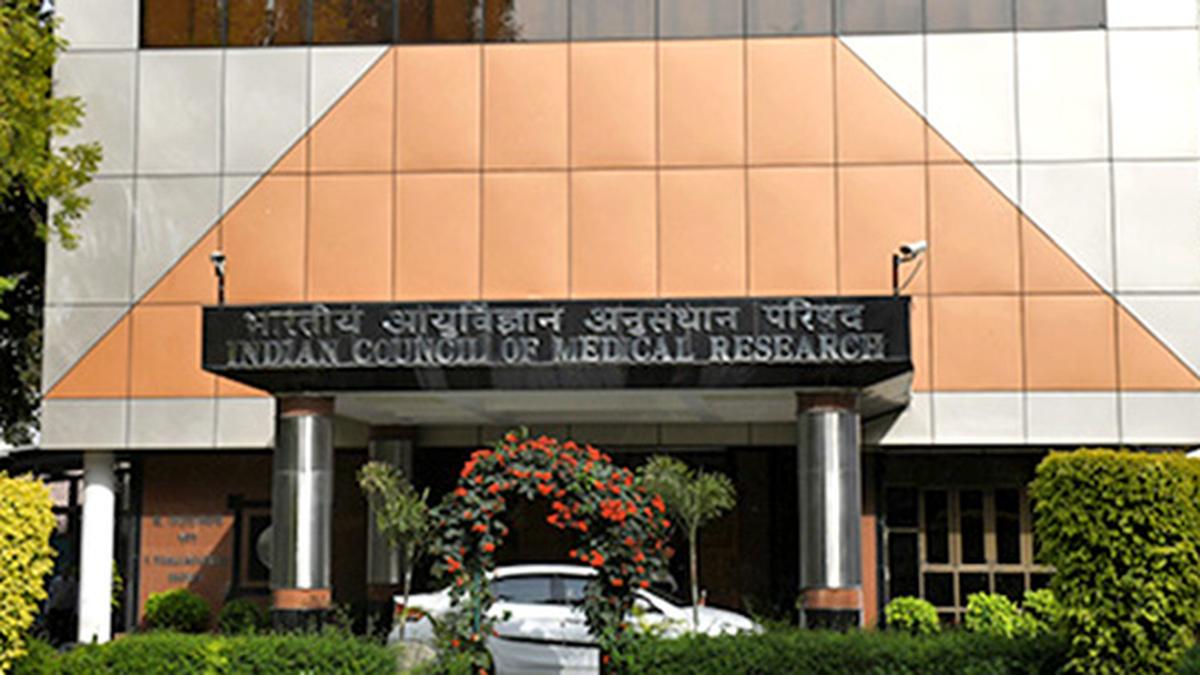India brings in industry partners to manufacture and commercialise its first indigenous multi-stage malaria vaccine

India’s first indigenous multi-stage malaria vaccine (AdFalciVax) developed by ICMR.
1. CONTEXT (In News)
India has licensed five Indian companies — Indian Immunologicals Ltd, Techinvention Lifecare Pvt. Ltd, Panacea Biotec Ltd, Biological E Ltd, and Zydus Lifesciences — to manufacture and commercialise its first indigenous multi-stage malaria vaccine (AdFalciVax) developed by ICMR and partners.
The vaccine targets Plasmodium falciparum, the most deadly malaria parasite, and is designed to prevent infection and community transmission.
2. CONCEPT / CORE ISSUE
- Malaria burden: India accounts for 1.4% of global malaria cases and 0.9% of global malaria deaths, with most cases concentrated in tribal and hard-to-reach regions.
- Existing challenge: Malaria vaccines like RTS,S (Mosquirix) and R21/Matrix-M offer partial protection and require complex cold-chain logistics.
- AdFalciVax innovation:
- It is a recombinant chimeric multi-stage vaccine, developed using Lactococcus lactis expression system.
- Targets parasite before it enters the bloodstream, cutting off infection and blocking transmission.
- Effective for 9+ months at room temperature, making it ideal for tropical conditions.
3. DATA / FACTS TO QUOTE (UPSC mains-useful)
- India bears 52% of malaria deaths outside Sub-Saharan Africa (WHO, 2024).
- 95% of India’s population lives in malaria-endemic zones.
- 80% of cases arise from 20% of the population — mainly in tribal, hilly, and inaccessible areas.
- ICMR institutes involved:
- ICMR-RMRC Bhubaneswar (lead institute)
- ICMR-National Institute of Malaria Research (NIMR)
- National Institute of Immunology (NII), New Delhi
4. SIGNIFICANCE / IMPACTS
✅ Health Security: Strengthens India’s fight against malaria and supports the National Framework for Malaria Elimination (NFME) 2016–2030.
✅ Atmanirbhar Bharat in Biotech: Boosts India’s capacity for indigenous vaccine R&D and production.
✅ Equity and Access: Room-temperature stability and low cost improve reach in tribal and rural regions.
✅ Export Potential: Positions India as a vaccine supplier to malaria-endemic nations, enhancing soft power and health diplomacy.
5. CHALLENGES / CONCERNS
- Clinical validation pending: Large-scale human trials are yet to confirm long-term efficacy and safety.
- Regulatory and ethical hurdles: Fast-tracking without compromising scientific rigor.
- Distribution logistics: Even with stability, ensuring last-mile access in remote tribal belts remains tough.
- Behavioral and vector control gaps: Vaccine alone cannot replace sanitation, mosquito control, or awareness efforts.
6. GOVERNMENT INITIATIVES & GLOBAL LINKS
- India:
- National Strategic Plan for Malaria Elimination (2017–2022) and NFME 2016–2030.
- Collaboration under Department of Biotechnology – ICMR joint programs.
- Global:
- WHO’s E-2025 Initiative aims for malaria elimination in 25 countries by 2025.
- Global Technical Strategy for Malaria (GTS 2016–2030) focuses on 90% reduction in malaria incidence and deaths.
7. WAY FORWARD (Mains-Ready Conclusion)
India’s indigenous multi-stage malaria vaccine marks a strategic leap in public health self-reliance.
To translate this innovation into elimination success, India must:
- Ensure clinical scalability,
- Integrate vaccine delivery with vector control programs,
- Strengthen community-based surveillance, and
- Promote public–private partnerships in biotech innovation.
With sustained investment and equitable access, India can be a global model in malaria elimination.
Updated - September 09, 2025 07:47 pm | The Hindu